2014 is about to become history. It is time to make year-end inventory of TV industry technology. For TV products, the change of technology is actually a slow process. However, in 2014, the TV industry has experienced a variety of technological competition. There are new revolutionary technologies, new backlighting technologies, and new technologies. The visual experience and so on, this scene is rare in the past. Next, let's take a look at what TV industry is worth watching in 2014.
2014 TV Technology Annual Inventory
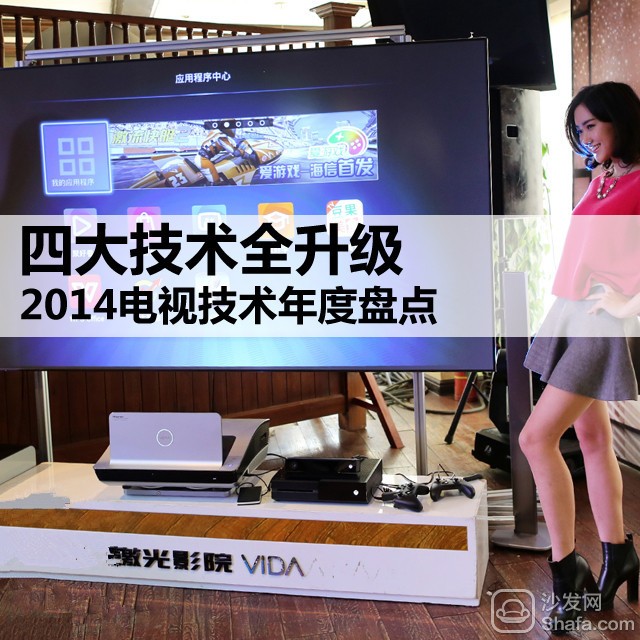
Curved UHD TV - LCD technology to achieve arc display
We all know that the OLED display technology has the characteristics of a flexible screen, so the curved display is not difficult for the OLED TV. LCD TVs and plasma TVs are collectively referred to as flat-panel TVs because their physical characteristics determine that they can only be presented in a flat screen. Unexpectedly, after more than 10 years of development, LCD technology has been able to achieve curved display.
Samsung Surface UHD Flagship TV - HU9800
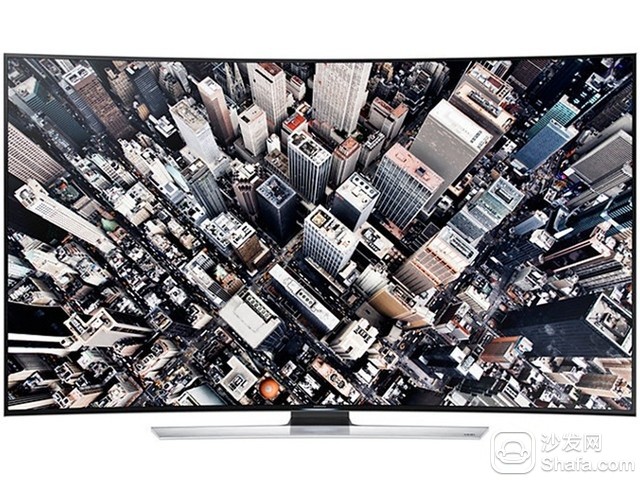
Surface Technology Popularity Index: ★★★☆
Sub-era OLED TV - LCD technology to achieve arc display
ALED, BLED, CLED, DLED... There are countless kinds of XLEDs appearing in front of us this year. The readers may look very dizzy. It doesn't matter. We only need to remember that in addition to OLEDs, all other XLEDs are LCD products, only OLEDs. It is the second-generation display technology in the true sense, because OLED is the only one that does not require a backlight, and LCD products need backlight to display normally.
LG 65EC9700: Surface 4K OLED TV

OLED display technology: true without backlighting
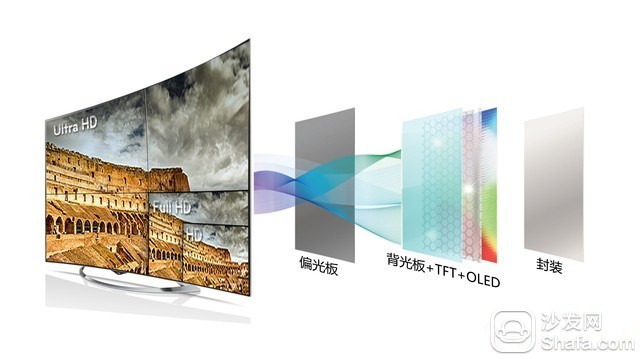
In 2014, Samsung suspended the development strategy of OLED TVs, locked its target on UHD Ultra HD, and won the market with curved technology. Considering that the cost of LCD TVs is much lower than that of OLED TVs, from a commercial perspective, Samsung’s There is no problem with the strategy. However, LG also introduced the 65EC9700. This new OLED TV will raise the resolution to 4K in one fell swoop, and LG will also launch a 77-inch 4K OLED TV in the future. According to the report of LGD, 2016 will be a year for OLED TVs, which is very exciting.
OLED technology popularity index: ★ ★ ☆
Quantum Dot QLED TV - Domestic brand TCL is the first in the world
QLED is an abbreviation of "Quantum Dot light Emitting Diode". Its Chinese name is Quantum Dot LED. It can also be called quantum screen display technology. This is a new technology between LCD and OLED. The principle is through the blue LED light source. Irradiating the quantum dots to excite red and green light, the QLED core technology is "Quantum Dot," and the quantum dots are composed of zinc, cadmium, selenium, and sulfur atoms. Quantum dot QLED display technology is to put the optical material of quantum dots between the backlight and the liquid crystal panel, so that the color gamut can reach or exceed the level of OLED, and even the polarizer on the light source side can be omitted, effectively reducing the liquid crystal display products ( For LCD TVs and LCDs) manufacturing costs.
QD QLED working principle diagram
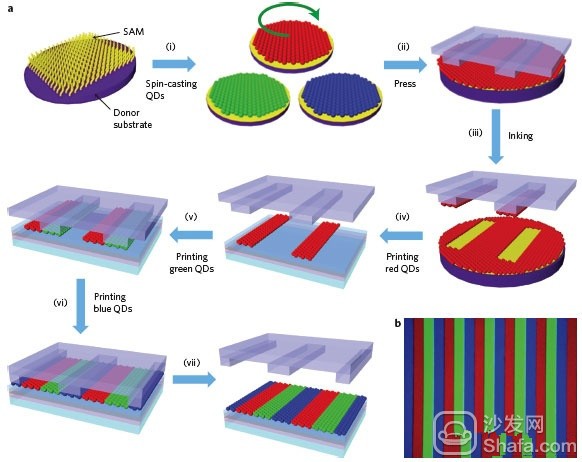
Quantum dot QLED display technologies mainly include quantum dot light emitting diode display technology (QLED) and quantum dot backlight technology (QD-BLU). Quantum dots have light emitting properties, and quantum dots (QDEF) in quantum dots (QDEF) are illuminated by blue LEDs. Red light and green light are generated and mixed with the rest of the blue light transmitted through the film to obtain white light, thereby enhancing the light emission effect of the entire backlight system.
Quantum dot QLED display technology unique characteristics, each time subject to light or electricity, quantum dots will emit colored light, the color of the light is determined by the composition of the quantum dot material and the shape of the size, quantum dots can be issued by the LED light source The blue light is completely converted to white light (traditional YAG phosphors can only absorb part of it), which means that at the same brightness, quantum dots QLEDs require less blue light and less electricity in electro-optic conversion, effectively reducing the backlight system The power consumption assembly.
TCL leads the world in quantum QLED TV
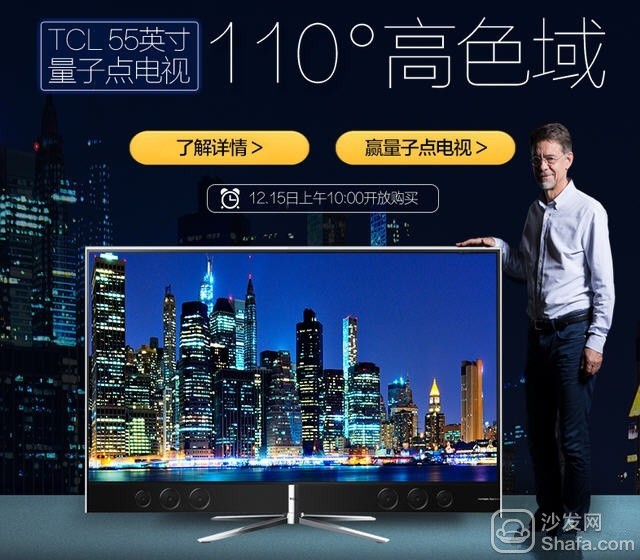
TCL is relying on its China Star Optoelectronic Panel Factory and has long been dedicated to the research of quantum dot QLED TV products. It was originally planned to be launched in September 2014. However, for the sake of product perfection, it was postponed for 3 months and finally was officially released on December 15, 2014. Quantum dot QLED TV products, a 55-inch 4K Quantum Dot TV products turned out, launched QLED TV into the market first shot, and Samsung will officially release its high-end QLED TV products at CES2015, there is no doubt that QLED TV will Will become the new darling of the market in 2015.
Quantum Dot QLED Technology Popularity Index: ★★★★
Laser TV - The Perfect Home Theater Solution
Laser television consists of two parts: a laser television host and a screen body. The relationship between the two is inseparable. Unlike projector products, laser televisions use laser as the light source, and no longer need the light bulb as the light source. From the picture below, everyone can understand the working principle of laser television. The first is the use of extremely high power laser light sources that collect more than 100W of light energy per square meter. Intuitively, 100W of light energy is enough to completely melt glass and steel in an instant. Therefore, the high energy density is the key to achieving the high brightness of the laser television light source, otherwise it cannot display enough brightness.
Laser TV working principle
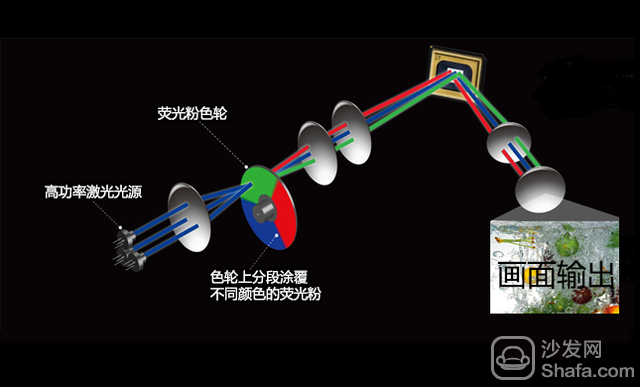
High-speed rotation of the pink fluorescent wheel is also necessary for laser television. On the color wheel, different colors of fluorescent powder are coated on the segments. When the color wheel rotates at a high speed, different colors of light can be emitted, and we can see colorful images. As we mentioned earlier, due to the presence of high-power laser light sources, it is sufficient to melt the steel instantaneously. Therefore, the high-speed rotation of the color wheel is also responsible for another very important function, that is to quickly reduce the temperature of the phosphor, so as to avoid damage by high-power laser, has reached the normal purpose of light.
Looking at simple laser television screens, there are also many learning
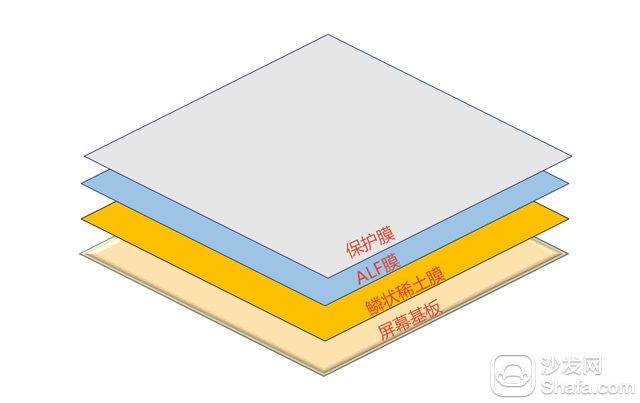
In addition, the screens used by laser TVs seem to be like LCD TVs, but they are actually very different. Laser TV panels use cold screens, which are screens that do not require power. In addition to the glass substrate, a multilayer film was added to reduce the diffuse reflection of light and make the picture appear clearer.
Hisense 100-inch laser theater experience area
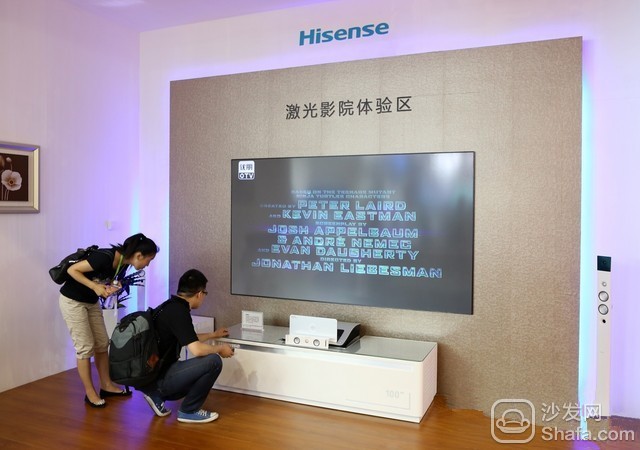
On September 10th, 2014, Hisense's 100-inch laser TV will be launched globally. As the representative of the new imaging technology, it will set off a new round of changes in home audiovisual. It is reported that the product is called VIDAA MAX laser theater, laser host, Fresnel passive biomimetic screen and 5.1-channel professional home audio, is the world's first set of cinema, smart TV and home audio features laser theater products. Hisense 100-inch laser cinema only requires 59999 and enjoys 5 years of service. In addition, Changhong and LG have also demonstrated laser televisions, and laser televisions will have a place in the high-end segment.
Laser TV Technology Popularity Index: ★☆
Write last
In 2014, TV technology changed from “singleness†to “diversityâ€. Surface LCD TVs gave users more choices, and new viewing methods gave users immersive visual experiences; LG worked tirelessly on OLED TVs. There is always a rewarding day; quantum dot QLEDs, although only a transitional technology, are also worthy of attention. After all, LCDs will survive in the market for many years. Laser TVs are another option for high-end players. In the coming 2015, we hope TV technology can be further developed and applied.
Recommended installation sofa butler download address: http://app.shafa.com/
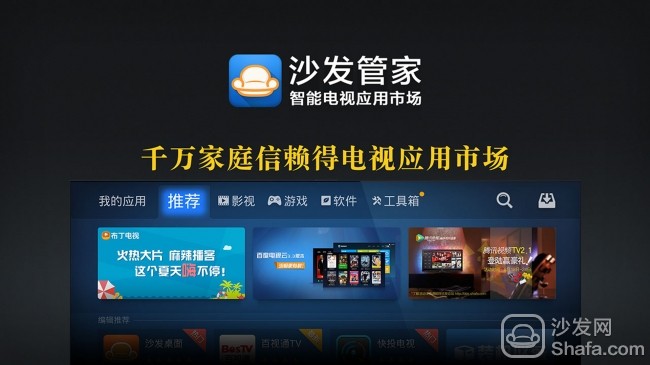
Digital Signage For Shopping Mall
Digital Signage Touch Screens,Digital Menu Screens,Digital Display Boards,Digital Signage Cloud
Guangdong Elieken Electronic Technology Co.,Ltd. , https://www.elieken.com